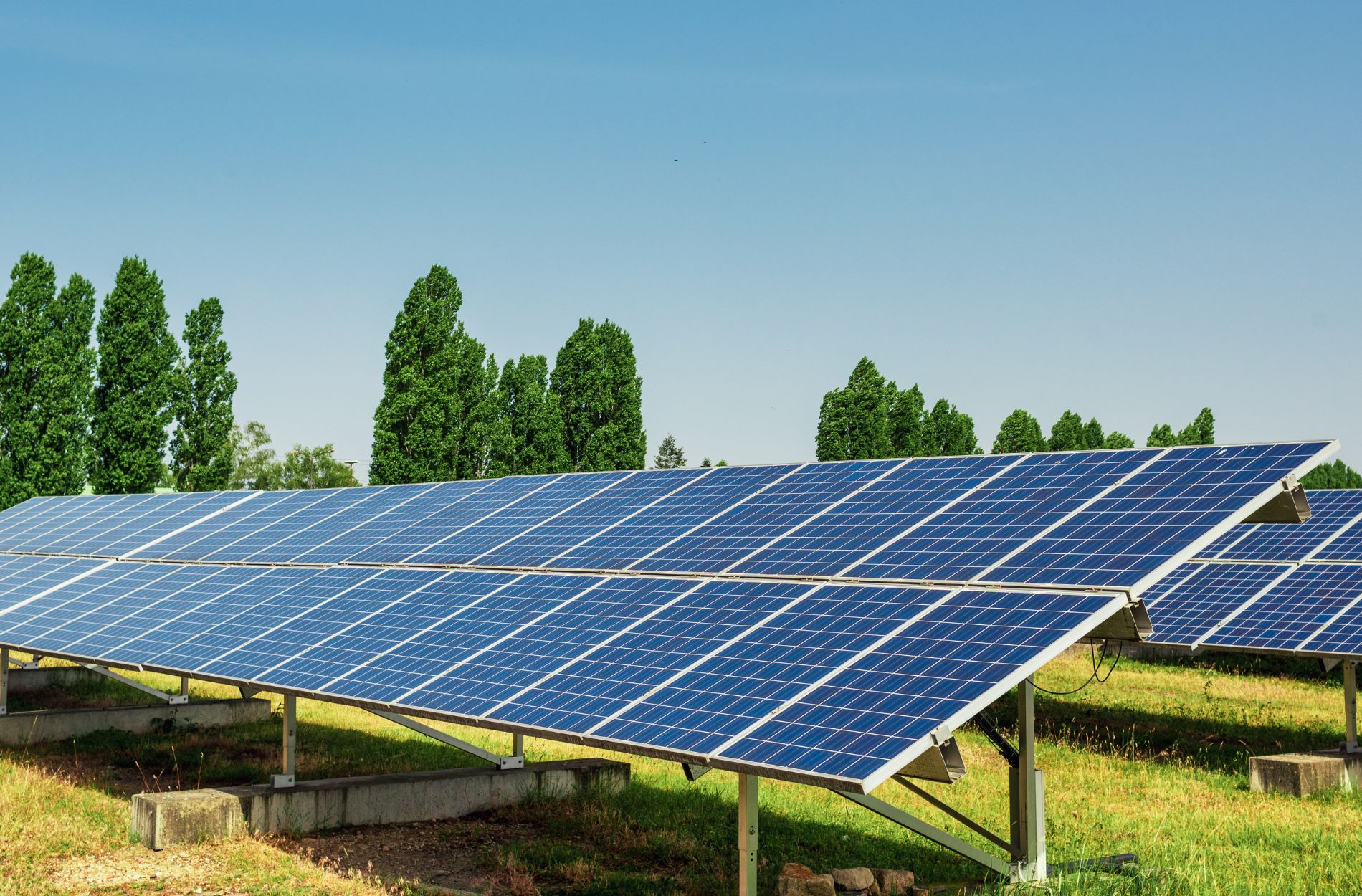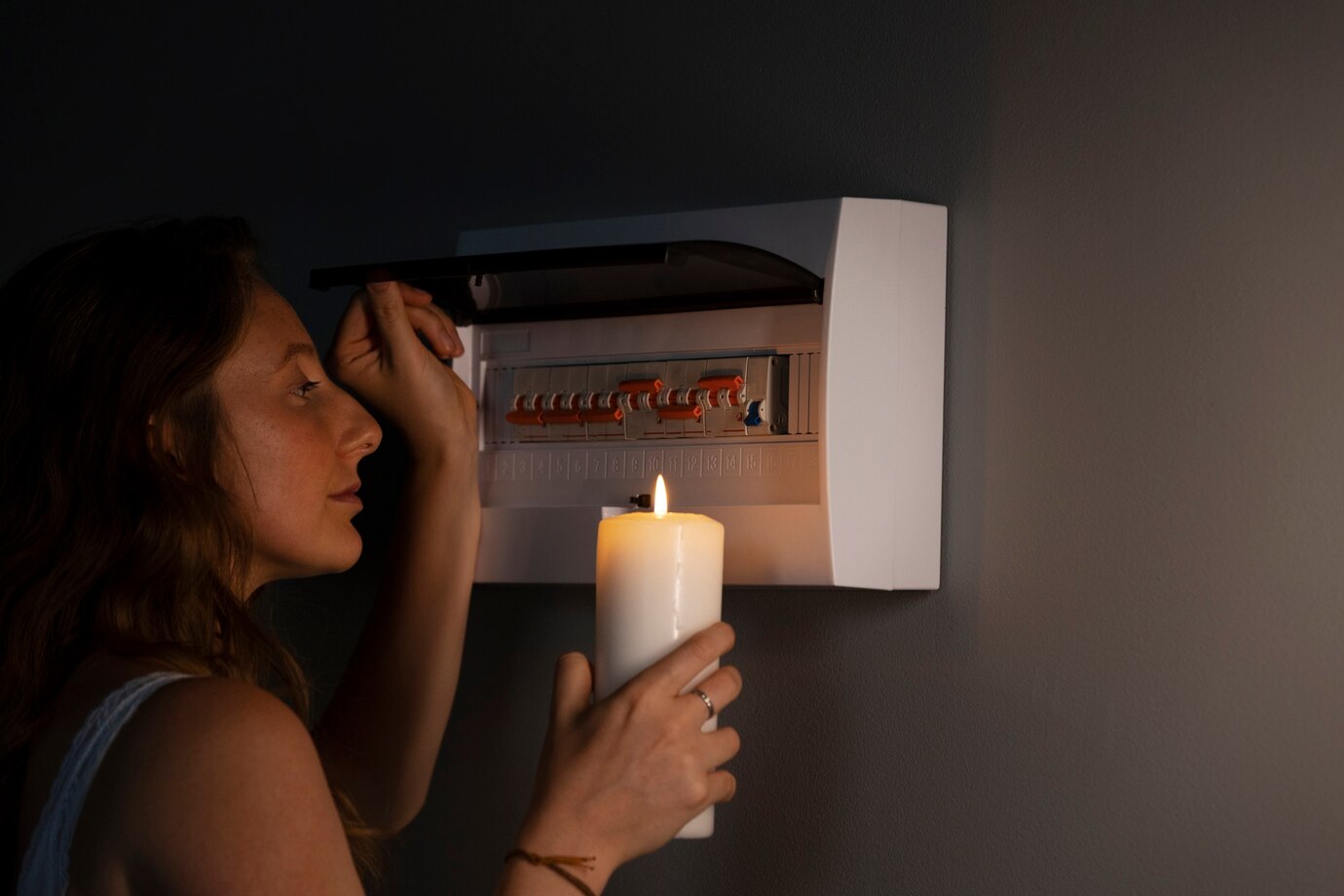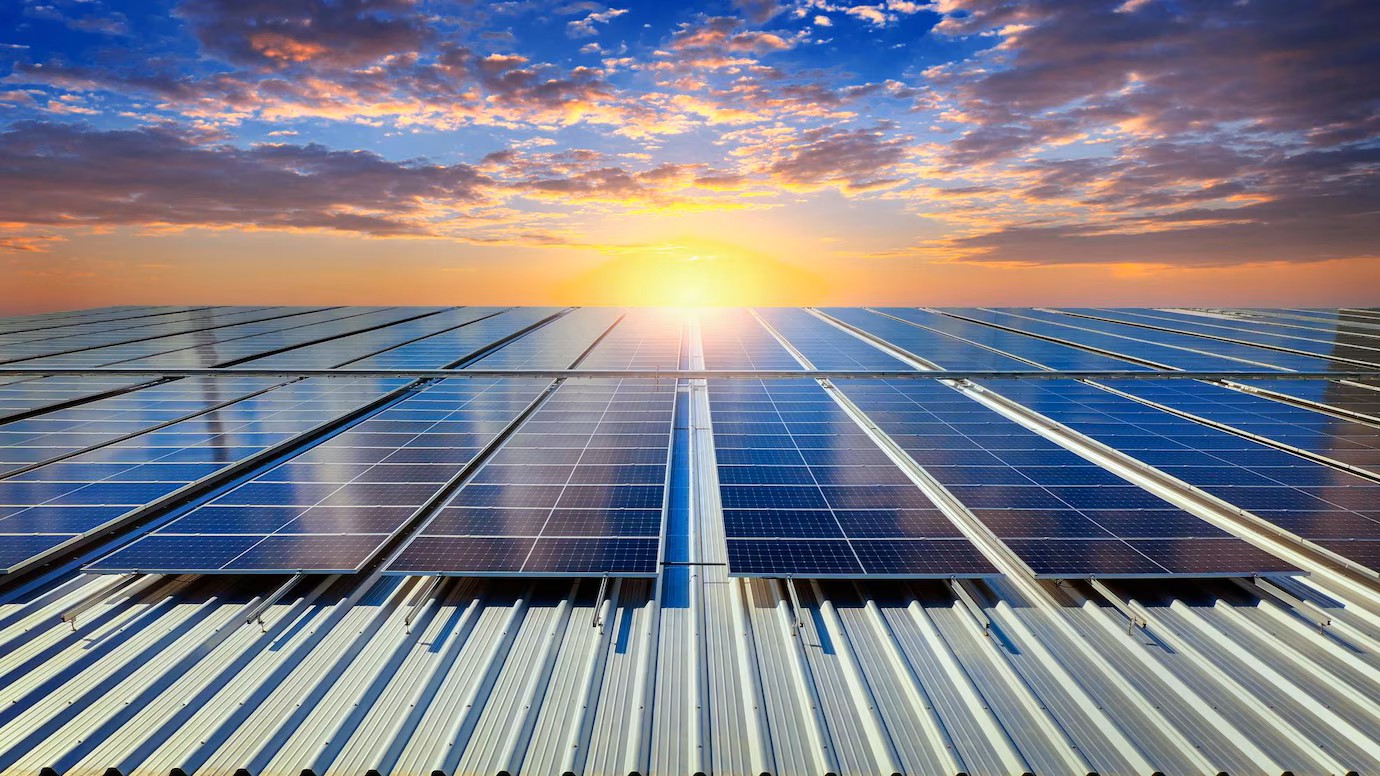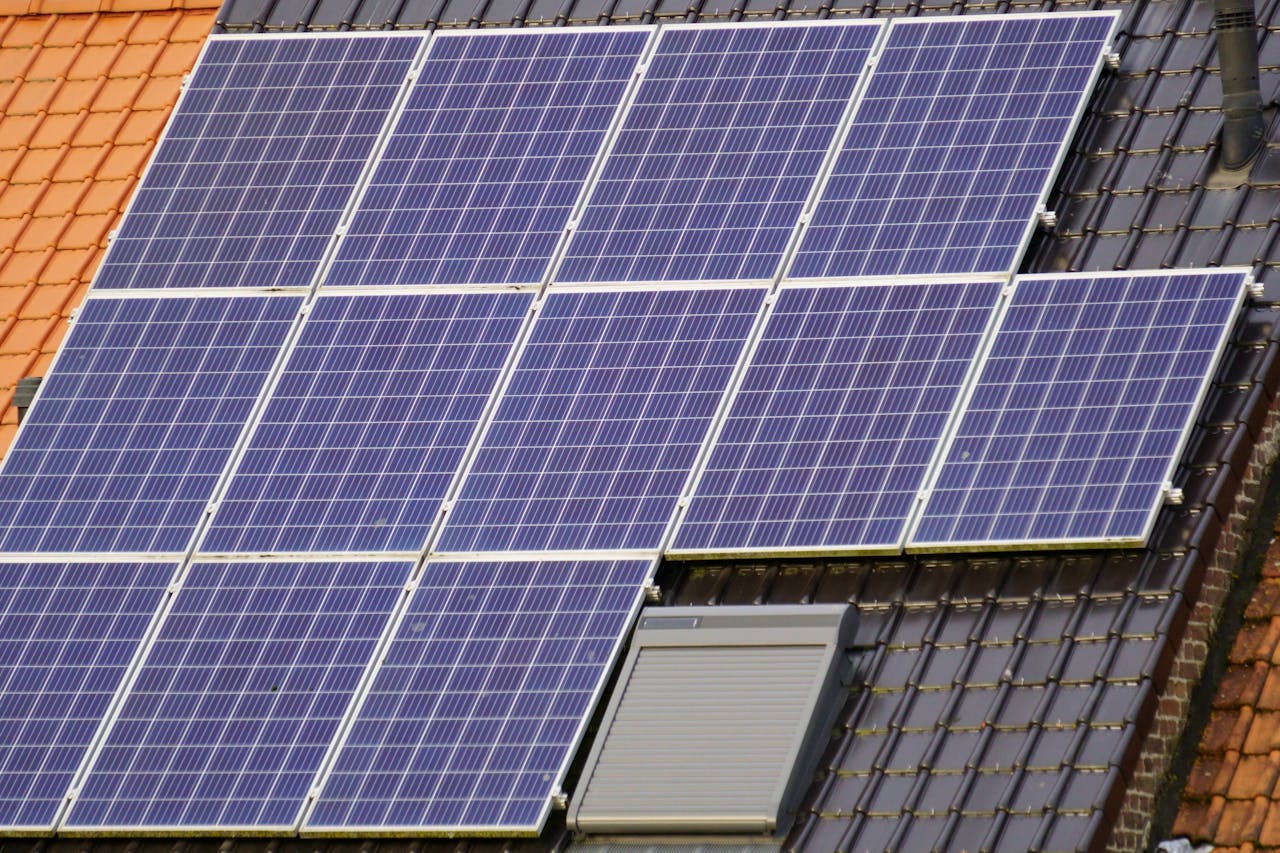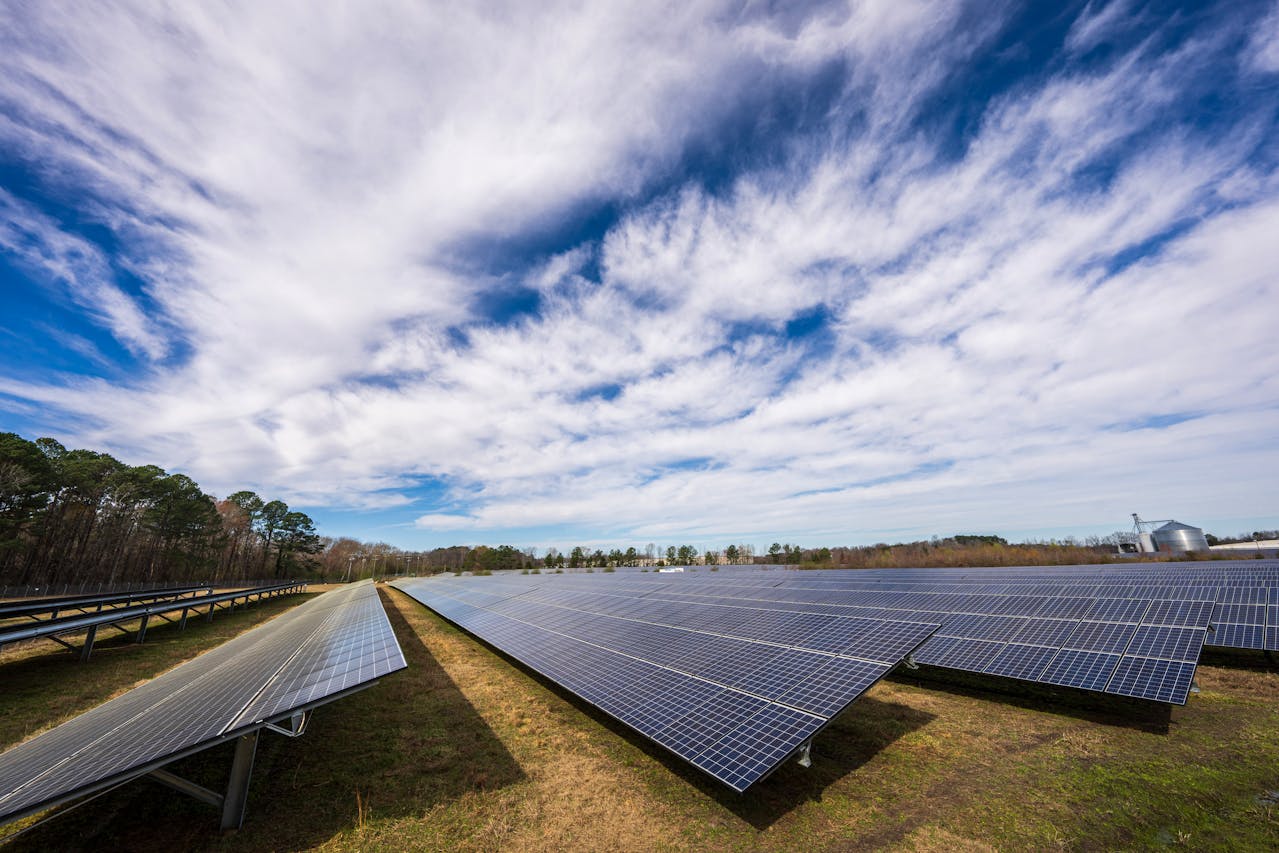Solar panels are a fantastic way to produce clean energy from the sun. Many homeowners are choosing to install them, but how exactly do these panels work? Understanding the basics of solar technology can help you see why they’re so effective in saving energy and money.
At the heart of solar panels are photovoltaic cells. These cells capture sunlight and turn it into electricity that powers homes. It’s a process that might seem complicated, but it’s actually quite straightforward once you break it down.
Once the sunlight is converted into electricity, it’s linked to your home’s power system, providing a renewable source of energy. This clean energy alternative not only helps reduce your electricity bills but also supports the environment by reducing reliance on non-renewable energy sources. Embracing solar power offers numerous benefits, making it a smart choice for those looking to make a positive change.
Basics of Solar Panel Technology
Solar panels are an amazing technology that turns sunlight into electricity. At the core, a solar panel consists of many individual solar cells grouped together. These cells are usually made from silicon, a common and abundant element. Solar panels come in different types, including monocrystalline, polycrystalline, and thin-film panels, each with its own benefits and levels of efficiency.
Monocrystalline panels are known for their high efficiency and sleek appearance. They are usually made from a single, pure crystal of silicon. Polycrystalline panels are made from fragments of silicon crystals melted together, which makes them less expensive but slightly less efficient. Thin-film panels are lightweight and flexible, making them perfect for certain applications, even though they often aren’t as efficient as the crystalline types.
Solar panels collect sunlight and shade into electricity that we can use every day. They consist of a layer of silicon cells, a metal frame, a glass casing, and various wiring to transfer the captured energy. Sunlight hits the solar cells, creating an electric field that generates electricity. This direct current (DC) electricity flows out of the panel, ready for use or storage.
Solar technology continues to improve over the years. Panels are becoming more efficient, affordable, and widely available, making solar energy an excellent choice for homeowners and businesses.
The Role of Photovoltaic Cells in Energy Conversion
Photovoltaic cells, or PV cells, are key to converting sunlight into usable electricity. This process begins when sunlight hits a PV cell, which is composed of two types of silicon, each with different charges. When the light strikes the cell, it causes electrons in the silicon to become excited and start moving.
These moving electrons create an electric current, which is collected by the wiring in the solar panel. This flow of electricity is direct current, or DC, and it needs to be converted into alternating current, or AC, which is the type of electricity used by most home appliances and devices.
An important component in this energy conversion process is an inverter. The inverter takes the DC electricity generated by the PV cells and changes it to AC electricity. There are different types of inverters, including string inverters, microinverters, and power optimizers, each with its own way of handling energy conversion and efficiency.
The ability of PV cells to harness the sun’s energy without pollution makes them a vital part of the solar system. They work silently, without moving parts, and need minimal maintenance, making them reliable and long-lasting. PV cells, once installed, provide a continuous source of renewable energy, helping reduce reliance on fossil fuels and cutting down on electricity bills. Through these small but powerful cells, homeowners and businesses can enjoy clean, sustainable energy for years to come.
How Solar Panels Connect to Your Home’s Power System
Connecting solar panels to your home’s power system is a straightforward process but requires careful attention to ensure everything functions smoothly. The solar panels on your roof generate direct current (DC) electricity from sunlight. However, households typically use alternating current (AC) electricity, so an inverter is needed to transform the DC power into AC power.
Once the electricity is converted, it flows into your home’s electrical panel or breaker box. This panel distributes electricity to outlets, lights, and appliances throughout your house. If your solar system generates more electricity than you consume, the excess energy can feed back into the grid, potentially earning you credits on your utility bill through a process called net metering.
Here’s a simple breakdown of the connection process:
– Solar panels capture sunlight and create DC electricity.
– An inverter converts DC electricity to usable AC electricity.
– The converted power passes through your home’s electrical panel.
– Excess electricity can return to the grid, providing potential savings.
A professional electrician typically handles the technical aspects to ensure safety and efficiency. They ensure the system is connected properly, adhering to local regulations and standards. This ensures your home stays powered and benefits from both solar and grid electricity efficiently.
Benefits of Using Solar Energy for Everyday Life
Solar energy brings a host of benefits that enhance everyday life. One of the biggest advantages is the potential to significantly lower energy bills. By generating your own electricity from the sun, you reduce reliance on utility companies, which can lead to consistent savings over time.
Another key benefit is energy independence. Solar panels allow homeowners to produce their own power, reducing vulnerability to rising electricity prices and outages. On days when the sun is shining strong, you may even generate enough electricity to cover your entire usage, making sunny days extra rewarding.
Here are more benefits of using solar energy:
– Environmental impact: Solar power is clean and renewable, reducing greenhouse gases and pollution.
– Low maintenance: Once installed, solar panels require minimal upkeep, with most systems lasting 25-30 years.
– Property value: Homes equipped with solar panels often see an increase in property value.
On top of these benefits, many people find satisfaction in knowing they are contributing to a healthier planet. Switching to solar energy reflects a commitment to sustainability, offering peace of mind and a brighter future.
Conclusion
Switching to solar energy is an empowering decision that connects homeowners to a sustainable future. Understanding how solar panels work and seeing them in action encourages more individuals to explore renewable energy solutions. From easy-to-understand technology to meaningful environmental benefits, solar power stands as a reliable and eco-friendly energy choice.
As technology advances, solar panels become more efficient and accessible, making now an excellent time to consider solar for your home. Embracing solar energy promises practical savings, supports environmental health, and enhances energy independence, positioning it as the energy source of today and tomorrow.
Thinking about going solar in Houston? Starlight Solar is here to help you make the switch smoothly and efficiently. With over a decade of experience, we handle everything from assessment to installation, ensuring your transition to solar is seamless. Contact Starlight Solar today if you want to install solar panels in Texas.

